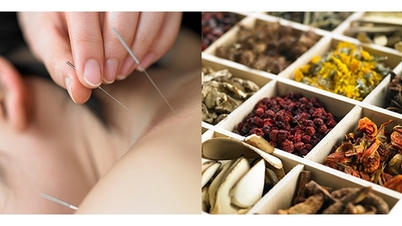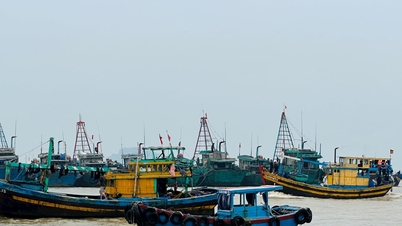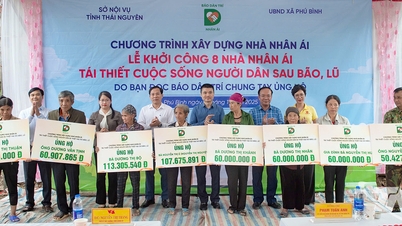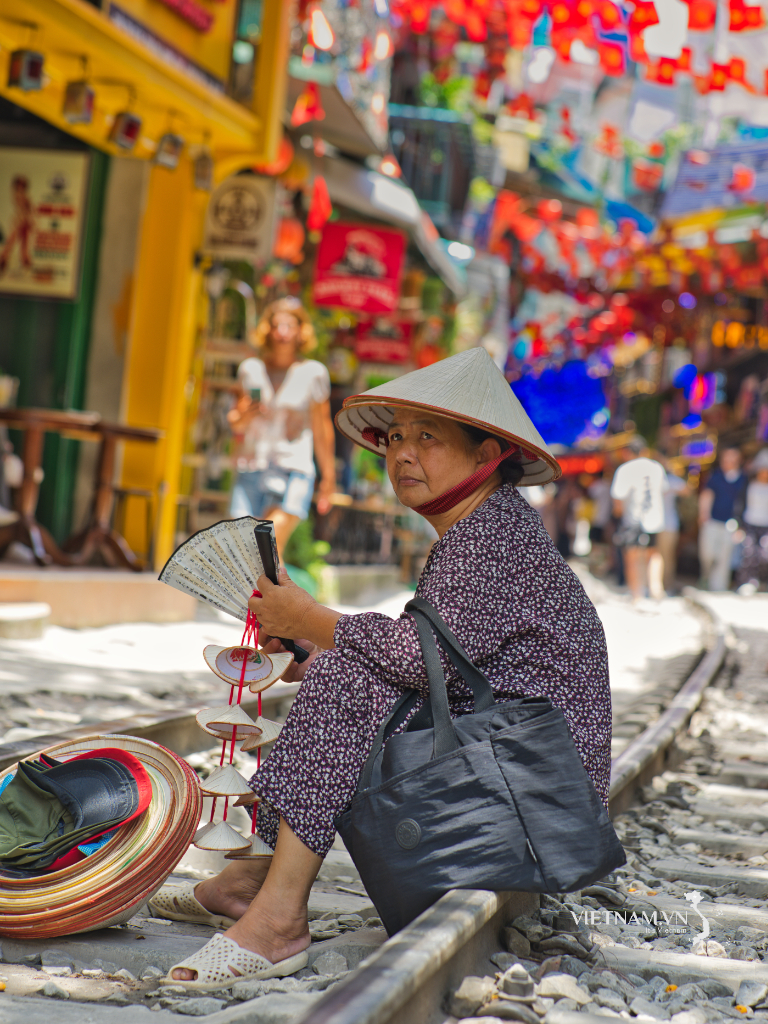In the treasure trove of Vietnamese folk medicine, each ethnic group has its own unique secret to caring for pregnant women. While the Red Dao in Sa Pa and Ta Phin are proud of their famous herbal baths, the Thai community (especially the White Thai) in the Northwest region is famous for a unique method: steaming with a pot of aromatic leaves. This is not only a folk experience but also a traditional medical therapy, helping women overcome the harsh confinement period, quickly regain their health, demonstrating a smart indigenous knowledge.
The delicate combination of mountain medicinal herbs
The unique point of Thai steam bath medicine is that there is no fixed, unchanging formula. It is a flexible combination, depending on the season and soil conditions, of aromatic leaves available around the house, on the fields. However, in general, the selected leaves must have two core characteristics: high essential oil content and warm properties according to traditional medicine.
A pot of leaves prepared for a postpartum woman is usually a large, fresh, green bundle, consisting of many types such as: grapefruit leaves, lemongrass leaves, basil, Vietnamese balm, bamboo leaves, mugwort, mint, perilla, guava leaves, cinnamon... Each type of leaf has its own use, when combined they create a comprehensive remedy.

The White Thai people in the Northwest region are famous for a unique method: steaming with a pot of aromatic leaves. Illustrative photo.
The method of implementation is also very unique. The leaves are washed, can be lightly crushed to release the essential oils, then put into a large pot, covered with water and boiled thoroughly for about 20-30 minutes. When the pot of leaves has boiled, giving off a fragrant aroma, the woman will start steaming. Traditionally, the woman will sit on a low chair, place the pot of steaming water underneath, and cover herself from head to toe with a thin blanket (usually a gauze blanket), creating a temporary steaming pot. The heat and essential oils from the pot of leaves will cover the entire body, causing sweat to escape.
According to traditional medicine, women after giving birth must go through a process of losing strength and blood, causing the body to fall into a state of "deficient blood and qi" and "weakened immune system". At this time, the pores (tẩu lý) open, the body is very susceptible to "han" (cold) and "phong" (poisonous wind) invasion, causing postpartum diseases such as colds, body aches, and prolonged fatigue.
Steam therapy in traditional medicine called "perspiration" is the method of using heat and medicinal properties of herbs to "dispel cold" (expel cold air) from the body through sweat. Heat also helps "activate blood circulation", thereby helping lochia (blood odor) to be expelled faster, avoiding the condition of lochia stagnation and infection. At the same time, the herbal aroma helps relax the mind, reduce stress and fatigue.
The treasure trove of medicine from the great Northwest mountains of the White Thai people
The pot of leaves used for steaming after giving birth, although very famous, is actually only a small part of the priceless treasure of medicine that the White Thai community (mainly in Son La, Dien Bien , Lai Chau) has preserved for hundreds of years. For them, the forest not only provides food and wood for building houses but is also a giant "pharmacy", where every tree, root, leaf, and bark can become a medicine to cure diseases.

The White Thai people's folk medical knowledge is a priceless heritage. Illustrative photo.
The medical knowledge of the White Thai people is mainly passed down orally within families and clans, especially through the role of "Ong Mo, Ba Me" (medicine doctors, shamans) - people who are considered masters of herbs. They are able to identify hundreds of different types of medicinal plants, know how to harvest them seasonally, and combine ingredients according to the "yin and yang" principle (for example, "cool" medicine to treat "hot" diseases and vice versa) to create effective traditional medicines.
This treasure trove is extremely rich, spanning many groups of diseases. In addition to remedies for women (regulating menstruation, maintaining pregnancy, and increasing milk production), the White Thai are especially famous for their remedies for bone and joint diseases. They use many types of vines and woody plants growing on rocky mountains to soak in wine for massage or to drink, specializing in treating rheumatism, back pain, and aches and pains caused by hard labor.
In addition, they also have unique remedies for liver diseases (using bitter, cool plants to detoxify the liver, treat jaundice), digestive diseases (using guava buds, wild sim) and especially hemostatic remedies from wild leaves. Many precious medicinal herbs of the Northwest region such as the Mú Tún tree (kidney tonic, virility tonic) or ginseng, body-nourishing herbs also originate from the indigenous knowledge of the Thai people.
Currently, like the folk medicine of many other ethnic groups, the White Thai people's medicinal treasure is facing the challenge of being lost due to the broken succession of generations and the decline of forest resources.
From herbal steam pots for postpartum women to remedies for bone and joint treatment and liver detoxification, the White Thai people’s traditional medical knowledge is an invaluable heritage, reflecting their keen observation and philosophy of living in harmony with nature. Herbal steam pots are not only a health-restoring therapy, but also a symbol of the vast medicinal treasure of the Thai community.
Preserving, researching and promoting these values not only has cultural significance, but also opens up many new directions for modern medicine in searching for valuable active ingredients from indigenous herbs.
Source: https://suckhoedoisong.vn/bi-quyet-phuc-hoi-suc-khoe-sau-sinh-cua-phu-nu-thai-tu-noi-la-thom-xong-ho-169251031224625233.htm



![[Photo] Prime Minister Pham Minh Chinh receives Lao Minister of Labor and Welfare Phosay Sayasone](https://vphoto.vietnam.vn/thumb/1200x675/vietnam/resource/IMAGE/2025/11/11/1762872028311_dsc-2246-jpg.webp)



![[Photo] Chu Noodles - the essence of rice and sunshine](https://vphoto.vietnam.vn/thumb/1200x675/vietnam/resource/IMAGE/2025/11/11/1762846220477_ndo_tl_7-jpg.webp)























































































![Dong Nai OCOP transition: [Article 3] Linking tourism with OCOP product consumption](https://vphoto.vietnam.vn/thumb/402x226/vietnam/resource/IMAGE/2025/11/10/1762739199309_1324-2740-7_n-162543_981.jpeg)








Comment (0)